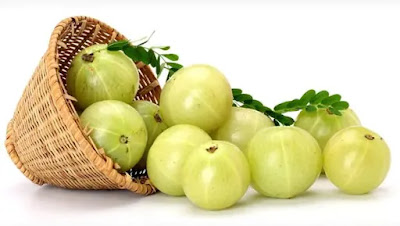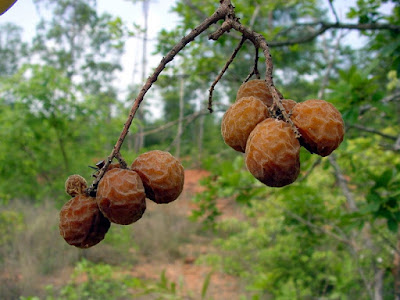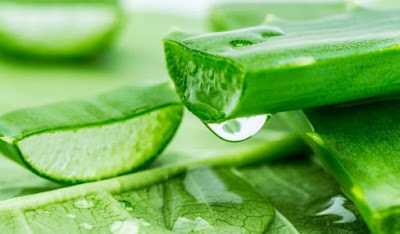Medicinal plant - Pongamia pinnata

Scientific name: Pongamia pinnata Common names : Indian beech, Karanj, Kanuga, Pongam Oiltree and Naktamala Scientific classification: Kingdom: Plantae Class: Magnoliopsida Order: Fabales Family: Fabaceae Genus: Pongamia Species: pinnata Pongamia pinnata Habit : Tree Description: This is an evergreen tree which grows up to 8 m with branching roots; Bark is smooth, gray in color; shiny leaves are present, young leaves are pinkish red, matured leaves are glossy, deep green in color, leaflets are 5-9, terminal leaflet longer than the others. Flowers are fragmented, in long racemes, cup-shaped and pink. Fruits are square shaped, pod short, stalked flat, smooth; fruits are one-seeded, the seed is thick. Useful parts: Seed, bark, and root Medicinal uses: Useful to cure skin diseases, piles, cold, cough and anti-inflammatory Dosage: Powder of this root is used in skin diseases, to treat digestion problems and oil is used to treat piles and abdomi


